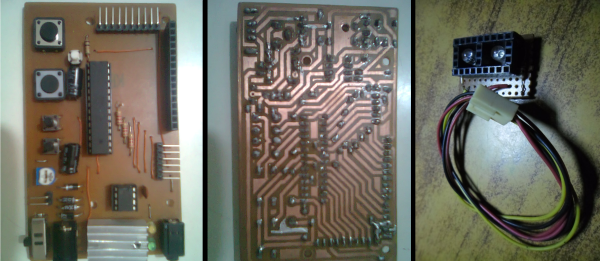
In a fit of desperation, I turned to data mining tools and algorithms, but stepped back from the horror of that unspeakable knowledge before my mind was shattered. That way madness lies.
–[Rory O’hare]
Wise words. Wise words, indeed. Who among us hasn’t sat staring into the abyss of seemingly endless data without the slightest clue to what it means or even how to go about figuring out what it means? To literally feel the brain damage seeping in as you start to see ‘ones’ and ‘zeros’ reach out to you from every day electronic devices…like some ghost in the wires. But do not fear, wise hacker! For we have good news to report! [Rory O’hare] has dived into this very abyss, and has emerged successful.
While others were out and about playing games and doing whatever non-hackers do to entertain themselves, [Rory O’hare] decided to reach out and grab some random wireless signals for a little fun and excitement. And what he found was not just a strong, repeating signal at 433Mhz. Not just a signal that oozed with evidence of ASK. What he found was a challenge…a mystery that was begging to be solved. A way to test his skill set. Could he reverse engineer a signal by just looking at the signal alone? Read on, and find out.













